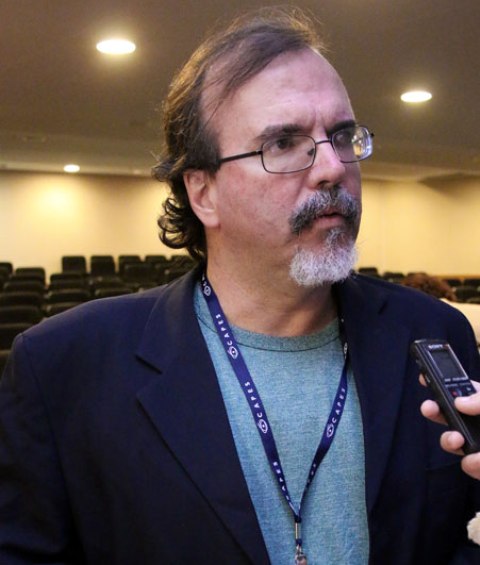
Use of orbital remote sensing to control transmissible diseases
Within a moment of emergence and reemergence of several infectious diseases, especially vector-borne diseases, there was a growing interest for remote sensor in Public Health, Tropical Medicine and Epidemiology fields
09/05/2017By Dr. Guilherme Werneck

One of the reasons is its potential to identify environmental aspects related to risk of transmission, as presence and amount of vectors and reservoirs
Remote sensing can be defined as the capture and interpretation of data by using instruments remotely, as sensors on satellites (orbital remote sensing) or metric photography cameras on airplanes (aerial survey). In orbital remote sensing, sensors on board of satellites capture electromagnetic energy emitted or reflected from the Earths surface. This information is then stored in matrixes, each element of the image (pixel) is assigned to a value according to its ground reflectance to the imaged area. There are different sensors with different capacity to distinguish the Earths surface. The three main characteristics of these images are spectral resolution (number and width of the electromagnetic spectrum captured by the sensor); spatial resolution (detailing level of objects on the Earths surface) and temporal resolution (interval between two passages of the satellite over the same spot).
Since 1970, in times of emergence and reemergence of infectious diseases, especially vector-borne diseases, there was a growing interest for remote sensing in Public Health, Tropical Medicine and Epidemiology fields.
One of the main reasons to use remote sensing as a tool to control transmissible diseases is its ability to identify environmental characteristics related to risk of transmission, such as the presence and amount of vectors and reservoirs. This way, this data could be used, for example, to circumscribe areas with high-risk of occurrence of certain diseases, and consequently, direct Public Health interventions.
The first applications of orbital remote sensing in transmissible diseases were encouraged by a program named Global Monitoring and Human Health, launched in 1985 at the NASA Life Sciences Division. Because of this program, several studies were performed in Central America using remote sensing to identify probable habitats for the malaria-transmitting vector and foresee areas with greater transmission risk. This kind of application was also used later to predict risk areas for leishmaniasis, African trypanosomiasis and Lyme disease, among others.
However, almost 50 years after its incorporation in the Health field, there are many doubts about its usefulness potential as a tool to support health and environment areas, besides epidemiological surveillance for disease control. In fact, despite the growing availability of satellite imagery of different spectral, spatial and temporal resolutions, its use is below the initial expectations.
Part of the problem is due to the need of high specialization to manipulate remote orbital sensing images. Another impediment for its use dissemination is the complexity of urban environments, the main scenario where transmissible diseases take place in Brazil. In this environment, the ability to generate images able to distinguish specific uses of soil and vegetation is directly related to their spectral, spatial and temporal resolutions. The problem is that higher resolution images are more expensive and more complicated to process before becoming available to the final user (researcher or health professional).
Even if these issues were solved, there are still theoretical-conceptual order difficulties, which could be lack of knowledge about which would be the categories of soil use or vegetation that define risk of transmission of different diseases. A good example is the use of vegetation indexes derived from satellite imagery to foresee areas with greater number of vectors. It is known that the most common index is the NDVI – Normalized Difference Vegetation Index – ranging from -1 to +1, where positive values point to denser vegetation. However, the specific NDVI ranges that point to greater probability of finding different factors are essentially unknown, hampering its use for practical means.
On the other hand, we know little about the ability of these images to distinguish vegetal species of similar size and reflectance, but eventually playing different roles maintaining the transmission. We must remember, also, that using satellite images does not dismiss collecting high quality field data. Without this data, satellite images have little to add to understanding the transmission dynamics and, thus, controlling diseases.
The introduction and maintenance of transmission cycles of several diseases in Brazilian cities reveal an epidemiological reality very different from what was known, requiring a new rationality for surveillance and control systems. In this context, remote sensing images could play an important role as an auxiliary tool in controlling transmissible diseases. However, many challenges must be overcome in order for it to be disseminated within disease control programs.
…










